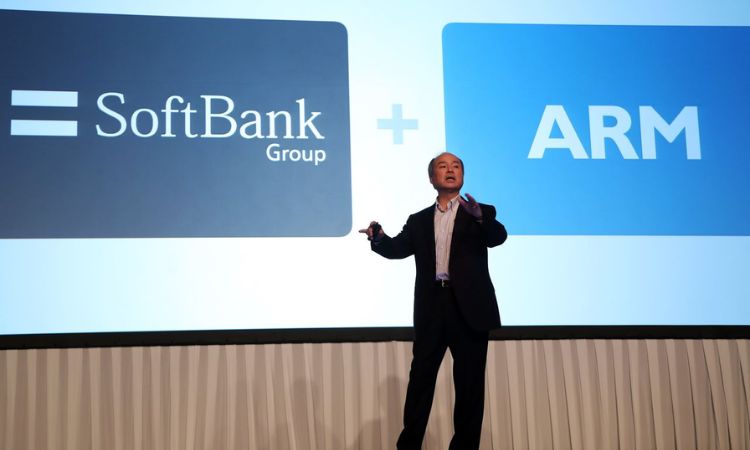Sources claim that Arm Ltd. a division of SoftBank Group Corp. that specialises in semiconductors, plans to go public as early as September with a valuation of $60 billion to $70 billion, signalling a bright outlook for chips including artificial intelligence.

One of the sources, who asked not to be identified since the conversations are confidential, stated that the roadshow is scheduled to begin the first week of September and pricing for the IPO the following week. The most recent objective for Arm’s valuation highlights a shift in market sentiment in favour of technology related to generative AI and semiconductors. According to Bloomberg News, lenders earlier this year were proposing valuations for the chip inventor that ranged from $30 billion to $70 billion.
The bottom of that range has long been viewed as being too low by SoftBank, headed by Masayoshi Son, and Arm CEO Rene Haas. Arm executives may still be aiming for a valuation of up to $80 billion, but one of the sources said there’s no guarantee they’ll succeed. According to Bloomberg News, the semiconductor manufacturer hopes to raise up to $10 billion in its first public offering.
Bob O’Donnell, president of TECHnalysis Research, stated that for a very long time, Arm “had a hugely important but behind-the-scenes and not-very-well-understood role.” Now, more people are aware of what Arm does and the part it plays.
Both SoftBank and Arm declined to comment.
In April, Arm filed a private application for a US listing. The IPO, which may be the biggest market debut of the year, has been in preliminary talks with a number of major industry players, including Nvidia Corp. and Intel Corp.
According to Bloomberg News, the filing names Goldman Sachs Group Inc., JPMorgan Chase & Co., Barclays Plc, and Mizuho Financial Group Inc. as IPO banks.
Despite the fact that practically every smartphone on the planet uses the technology developed by the Cambridge, UK-based corporation, its position in the sector has long been ambiguous. Arm offers for sale the schematics required to create microprocessors as well as technology licences for instruction sets, which specify how software interacts with these chips. The power efficiency of Arm’s technology contributed to its widespread use on smartphones, where battery life is crucial.
Haas, who became CEO last year, is now attempting to diversify beyond the smartphone sector, which has been stagnant recently. He is going after more sophisticated computers, specifically the processors used in data centres for cloud computing and artificial intelligence applications.
That market’s processors are some of the priciest—and most successful—in the business. Because Arm-based chips are allegedly more economical and energy-efficient, Amazon.com Inc. has chosen them for its Amazon Web Services. Forty thousand AWS users make use of them.
Since SoftBank bought the business in 2016 for $32 billion, delisting it from the London Stock Exchange, estimates of Arm’s valuation have swung drastically along with semiconductor stocks. Son, the creator of SoftBank, has frequently emphasised the potential for Arm to continue growing and gaining market share in chip IP. Son stated that he wanted Arm’s launch to be “the biggest” in the history of the semiconductor industry in February of last year.
SoftBank, which struggled following a disastrous venture into startup funding, would experience a rare victory with a successful Arm IPO. The Vision Fund division of the business lost 6.9 trillion yen ($48 billion) during the course of the previous two fiscal years as the value of its investments fell.















